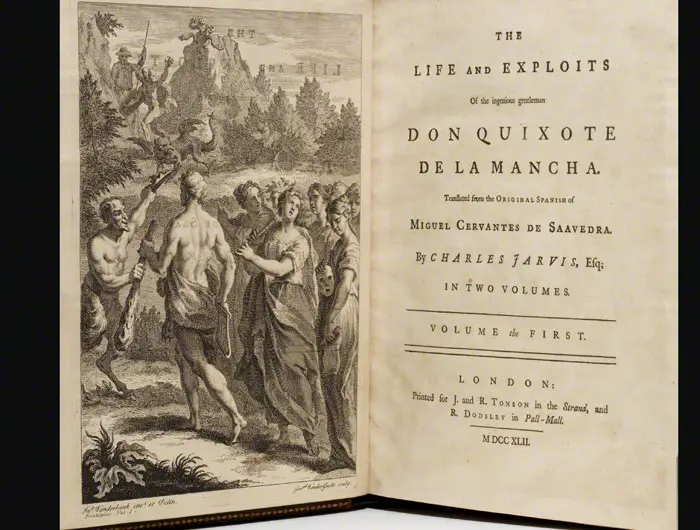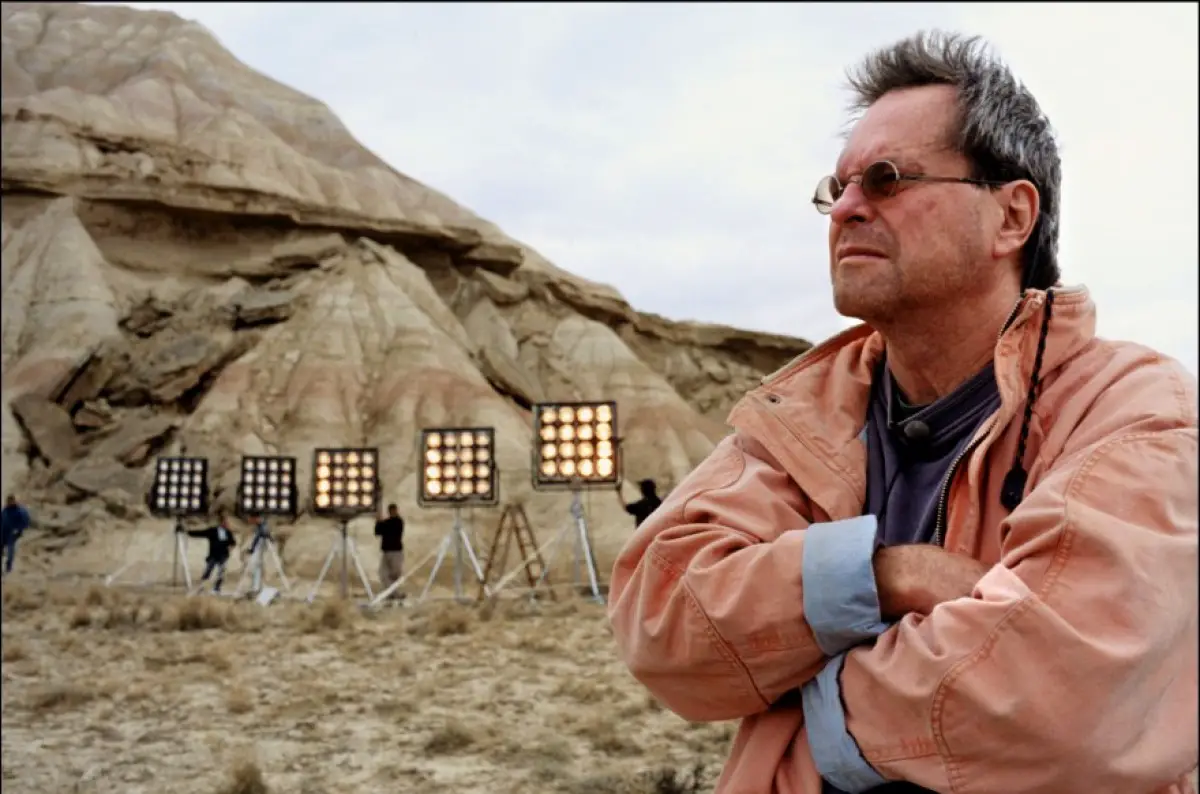Terry Gilliam’s film “The Man Who Killed Don Quixote” was finally finished after almost 30 years of mishaps, including chaotic weather and the declining health of Jean Rochefort, the Don Quixote for Gilliam’s original movie attempt.
There was even a whole making-of documentary called “Lost in La Mancha” in 2002 about that disastrous first attempt if you would like to watch the misfortunes up close. More recently, former producer Paulo Branco filed a lawsuit against Gilliam because Gilliam sold him the rights to the script back in 2016 and proceeded without Branco’s permission.
Despite the pending lawsuit, the 2018 Cannes Film Festival went ahead with their original plan to air the film at the end of their festival, and the film received a 10-minute standing ovation. But Amazon, who was going to distribute the movie to American audiences, backed out after Branco’s lawsuit, and a French court ruled that Gilliam will have to pay $11,600 in reparations to Branco.
Is Gilliam’s film, which is loosely based off Miguel de Cervantes’s “El Ingenioso Hidalgo Don Quixote de La Mancha,” worth 30 years of hassle, including now the pain of finding an American company to distribute the movie?
The short answer is yes, and even the Cannes festival agreed to that risk. The magnitude of Quixote is not necessarily familiar to an American audience, so who is this character? What renders him important enough to risk everything?
The Character of Don Quixote
For those who aren’t familiar with Cervantes’s novel, the title character is described in the opening chapter of the novel rather indifferently, not even deigning to give the name of the town in Spain or even Don Quixote’s real name, only giving guesses as to what the latter might be. The reader is told that he is 55 years old, has an elderly horse and, most importantly, he has been reading chivalric novels for so long without much pause that his brain has shriveled up and died along with his sanity.
Thus begins the story.
Quixote aspires to be the greatest knight-errant to ever knight-errant due to his incessant reading of chivalric novels entailing the heroic deeds of knights. He redesigns himself, starting with a new name that is ridiculous; the word “Quixote,” for instance, literally means “thigh.” He is absurd, and he has absurd adventures with his squire, Sancho Panza.
Although Quixote has many delusions (including but not limited to: believing windmills are giants, destroying a bunch of puppets that he thought were attacking a village and wearing a barber’s washing basin on his head like a helm), he is endearing, much like a child playing make-believe.
He lives in the region of La Mancha in Spain, which is more barren than exotic. Yet Quixote turns his backyard into a place filled with adventure, including knights, lords, kings and evil enchanters bewitching the minds of the innocent.
Quixote is as if all those dreams you had as a kid resurfaced as an adult, and you decided to follow that old desire to be whatever you wanted. There is a certain reclamation of youth, or at least taking of that adventure you always wanted to have. The flip side is reality, though.
People would think you’re crazy, and in “Don Quixote,” they find his outlandish behavior alarming as well. That balance between idealist and realist haunts people throughout their lives, between what is possible versus what is desired.
The reader is sympathetic towards Don Quixote and his squire Sancho because often the reader recognizes a piece of themselves within them. Although I certainly hope that no one’s brain has shriveled up from reading, dreaming for something more is a natural part of the human condition.
The difference is that Quixote carries out those dreams without regard to societal expectations.
The Man and His Legacy
Cervantes wrote the first part of “Don Quixote” in 1605 and the second part in 1615. Since then, Don Quixote has turned into a classic of immortal magnitude. It is the second most published and translated book of all time, coming in second only to the Bible.

The word “quixotic” derives from Quixote’s name, and many languages use their own variation of the word to mean overly idealistic. There have been some unfortunate attempts to make movies out of the novel, and there is also a musical called “Man of La Mancha” with its iconic song, “The Impossible Dream.”
Artists of all varieties attribute some of their inspiration from the novel, including Salvador Dalí, Pablo Picasso, Gustave Flaubert’s “Madame Bovary,” Tennessee Williams’s “Camino Royale,” Fyodor Dostoevsky’s “The Idiot” and Jorge Luis Borges’s “Pierre Menard, Author of the Quixote,” just to name a few.
The advent of “Don Quixote” also marked the switch from medieval to modernity, not only because it is considered the first novel, but also because of the ideas that emerge from the characters.
Don Quixote is a dreamer who lives in his own glorious past, and the rest of the word watches with their modern viewpoints. Quixote’s language is old and confusing while the other characters who he interacts with talk how people speak today.
The separation of time in makes the story newer, even over 400 years after it was written.
Even before Terry Gilliam began to work on “The Man Who Killed Don Quixote,” his previous movies featured characters that are strikingly similar to Quixote. The strongest example is Gilliam’s film “The Adventures of Baron Munchausen,” where Baron Munchausen is an elderly man who sets off to save a city from the invading Turks during the 19th century.
He is of legendary status among the people, and he shares what really happened on his adventures while recapturing his heroism from long ago. He and the townspeople desire to live free of the invading Turks, and Baron Munchausen and his band of merry sidekicks go forth to make that dream a reality, not unlike Don Quixote.
The legacy of “Don Quixote” shapes the very world that exists today, from pop culture to essay after essay about the novel. “The Man Who Killed Don Quixote” is no small feat and would never go unnoticed simply because the title character attracts that sort of attention.
Gilliam’s quixotic work in the past has lead up to this point where he finally unveiled his vision of “Don Quixote” that has taken him almost 30 years of chaos to complete — which is rather quixotic in itself!
There is no choice but to show the movie at the festival, even with an impending lawsuit. For the viewers, the movie isn’t about two people fighting over copyright.
“The Man Who Killed Don Quixote” is a movie about and for everybody in the last 400 years, and the stories inside the novel are nearly as popular as the stories in the Bible.
The story of Quixote is for the child and the elder and everyone between. Why show the movie in the face of adversary? Because the audience demands that the dream and legacy must live on.

















